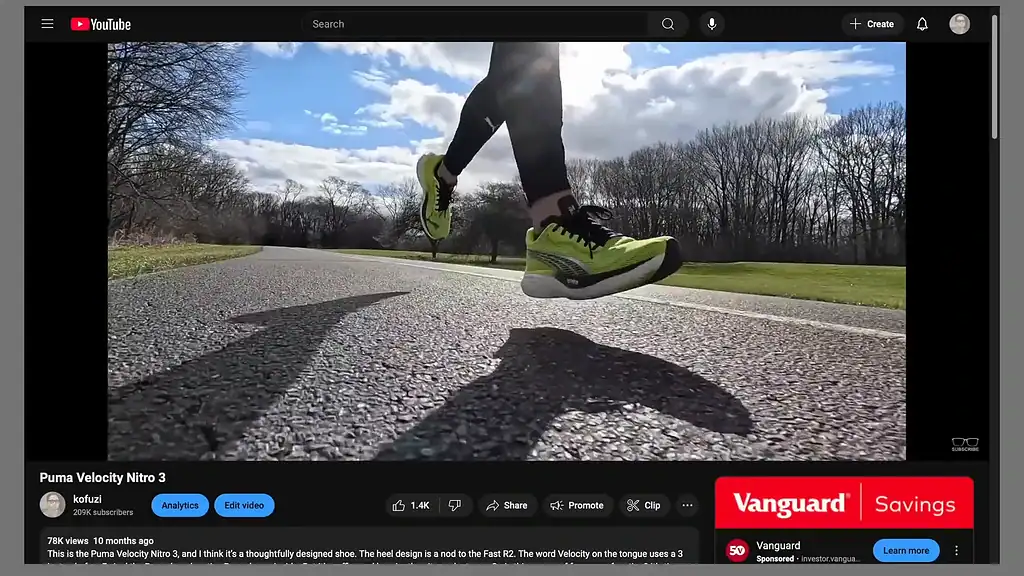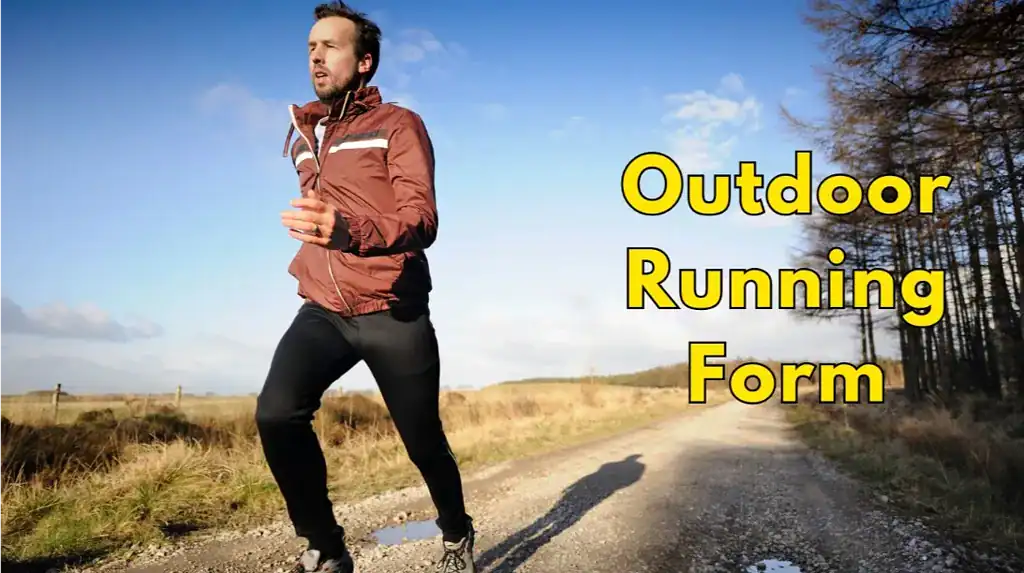How do you improve your running form? You perform specific running form drills like A-Skips and B-Skips 1-2 times per week. These drills build muscle memory, enhance running economy, and reduce injury risk by up to 65%.
🔑 Key Takeaways
- 65% Fewer Injuries: 2026 research shows proper form training dramatically cuts injury risk.
- 12% Better Economy: Master your technique to run farther with less energy.
- 5 Universal Principles: Focus on cadence, posture, foot strike, arm swing, and forward lean.
- 2 Weekly Sessions: Beginners see results with just 1-2 drill sessions per week.
- 3 Progressive Levels: Drills are categorized for beginner, intermediate, and advanced runners.
The Science of Running Form
There is no single “perfect” running form. According to biomechanist Dr. Bas Van Hooren, optimal technique varies based on individual factors like height and muscle composition. However, universal biomechanical principles exist to guide improvement.
- Optimal Cadence: 170-180 steps per minute.
- Vertical Oscillation: 6-8cm ideal range.
- Ground Contact Time: 200-300 milliseconds.
View detailed running biomechanics guide →
The Importance of Running Form Drills

Running form drills are structured exercises that ingrain efficient movement patterns. They are non-negotiable for serious runners.
Injury Prevention
Drills improve neuromuscular coordination. This prepares your ankles, knees, and hips for the impact of running, distributing force correctly. A 2026 meta-analysis confirms this reduces overuse injuries like shin splints and IT band syndrome.
Enhanced Running Economy
Efficient form uses less energy. Drills like high knees teach a quick, light foot strike. Practicing them 1-2 times weekly improves your running economy by up to 12%, letting you run faster or longer at the same effort level.
Muscle Memory
Consistent practice builds automatic, efficient movement patterns. This is critical when fatigue sets in during a long run or race. Your body defaults to the proper form you’ve drilled, maintaining pace and preventing breakdown.
Essential Form Fundamentals
Form Checkpoints:
- Neutral Spine: Stand tall, avoid slouching or overarching.
- Mid-foot Strike: Land with your foot under your center of mass.
- Relaxed Shoulders: Keep them down and loose, not tense.
- 90-Degree Arm Swing: Drive elbows back, not across your body.
- Forward Lean: Lean from the ankles, not the waist.
View detailed running biomechanics guide →
Success Story
“After implementing these drills for 8 weeks, my marathon time improved by 23 minutes” – Mike T., Boston Marathon Qualifier
Pre-Run Activation

1. Dynamic Mobility Series
Difficulty: Beginner Time: 5-7 minutes Recovery: 30 seconds between exercises
Learn more about dynamic warm-up routines →
Exercise Progression:
- Walking knee hugs (10 each leg)
- Forward & lateral leg swings (10 each direction)
- Hip circles (10 clockwise/counter-clockwise)
- Ankle mobility work (trace alphabet with toes)
2. Form Drills
Difficulty: Beginner to Intermediate Sets: 2-3 x 30 meters Recovery: 60-90 seconds between sets
Core Running Drills
A-Skip
Difficulty: Intermediate Distance: 20-30 meters Sets: 3-4
Master proper running form drills →
Common Mistakes:
- Leaning back instead of staying tall.
- Insufficient knee drive (aim for thigh parallel to ground).
- Poor arm coordination (arms should mirror leg rhythm).
- Landing too hard (focus on quick, light touches).
B-Skip
Difficulty: Advanced Distance: 20-30 meters Sets: 2-3
Technical Focus:
- Hip Extension: Actively drive the thigh back down.
- Pawing Motion: Scrape foot back under the body upon landing.
- Quick Ground Contact: Minimize time spent on the ground.
- Vertical Alignment: Keep torso upright, avoid bouncing.
Power Development

Discover advanced running techniques →
Bounding
Difficulty: Advanced Sets: 2-3 x 30 meters Recovery: 2 minutes
Form Cues:
- Maximum Height: Explode upward with each stride.
- Forward Momentum: Cover ground, not just jump high.
- Soft Landings: Absorb impact quietly through bent legs.
- Arm Drive: Use powerful arm swings for propulsion.
Recovery & Implementation
Post-Drill Protocol
- Cool-down stretches for hamstrings, quads, and calves.
- Foam rolling on major muscle groups.
- Hydration with electrolytes.
- Quick movement assessment for any stiffness.
Weekly Integration
- Beginners: 1-2 sessions/week (post-easy run).
- Intermediate: 2-3 sessions/week (post warm-up, before key workouts).
- Advanced: 3-4 sessions/week (integrated into track or speed sessions).
Learn about running recovery methods →
❓ Frequently Asked Questions
How often should I do running form drills?
Start with 1-2 sessions per week. Allow at least 48 hours between sessions for neuromuscular adaptation. Consistency matters more than frequency when beginning.
Can I do these drills on concrete or pavement?
No. Always use a soft, forgiving surface like grass, a synthetic track, or turf. This reduces impact stress on joints while you learn the new movements.
What’s the best time to perform form drills?
Pre-run, after your warm-up, to prime proper technique for your workout. They can also be done post-run for pure neuromuscular development without fatigue.
How long does it take to see results from form drills?
Most runners notice improvements in feel and efficiency within 4-6 weeks. Measurable performance gains, like faster race times, typically appear after 8-12 weeks of consistent practice.
Conclusion
Running form drills are the most direct way to become a better, more resilient runner. They translate complex biomechanics—like optimal cadence and foot strike—into simple, repeatable exercises. The process is straightforward: start with the fundamentals, integrate 1-2 sessions weekly, and focus on quality over quantity.
Your next step is to pick two drills, such as the A-Skip and high knees. Practice them for 10 minutes after your next two easy runs. Record yourself to check your form against the checkpoints listed. This small, consistent investment builds the muscle memory that leads to faster times and fewer injuries.
Download our complete Running Form Guide PDF
Always consult healthcare professionals before starting any new exercise routine.
Learn more about outdoor running etiquette →
References
- Drills for Proper Running Form – TrainingPeaks
- Using Drills for Runners – RunnersConnect
- Form Drills for Runners – Runner’s World
- Van Hooren, B., & Goudsmit, J. (2023). Real-World Running Gait Analysis. Journal of Sports Sciences.
- 8 Essential Running Form Drills – Suunto
